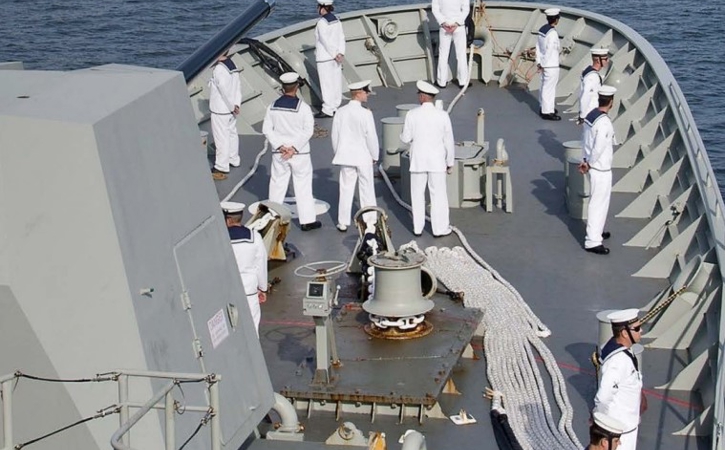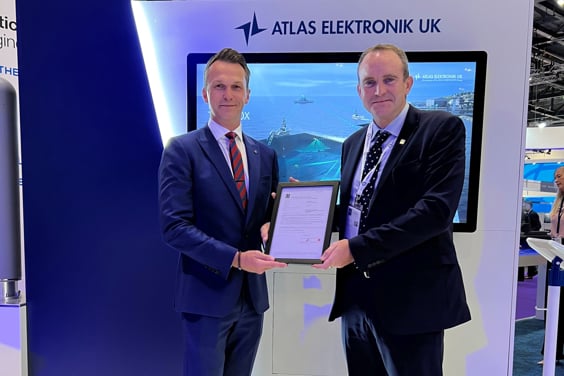Building Confidence: A New Approach to Naval Ship Classification
When procuring and owning a capital-intensive asset like a naval ship, stakeholders face many challenges throughout the project's lifecycle. Balancing individual responsibilities and objectives with limited budgets, public scrutiny, and strict safety obligations requires a robust assurance process. While commercial shipping has found success through closer collaboration between owners, designers, and regulators, those same processes often don't fit the unique needs of government-owned assets. This has led to the evolution of naval classification—a nuanced assurance process that provides confidence to all parties involved, ensuring a project delivers on its promise of capability, safety, and long-term value.
This refined process is specifically designed to navigate the complexities of naval projects. It moves beyond a simple checklist to provide comprehensive assurance to all parties. For a government, it ensures that taxpayer money is being spent not just on the cheapest option, but on a vessel that balances provable capability with cost. The public can be confident that while a naval ship must meet its operational demands, it has also been built to a high safety and environmental standard. For shipbuilders, classification provides a clear roadmap, helping them successfully integrate a global supply chain of equipment into a single, cohesive platform. For sailors, it guarantees that the vessel will withstand the rigors of naval service, giving them the confidence to perform their military objectives. Ultimately, this approach provides the necessary assurance that the vessel is a 'system of systems' that meets its design intent, a crucial factor that needs to be maintained throughout the ship's entire service life.














